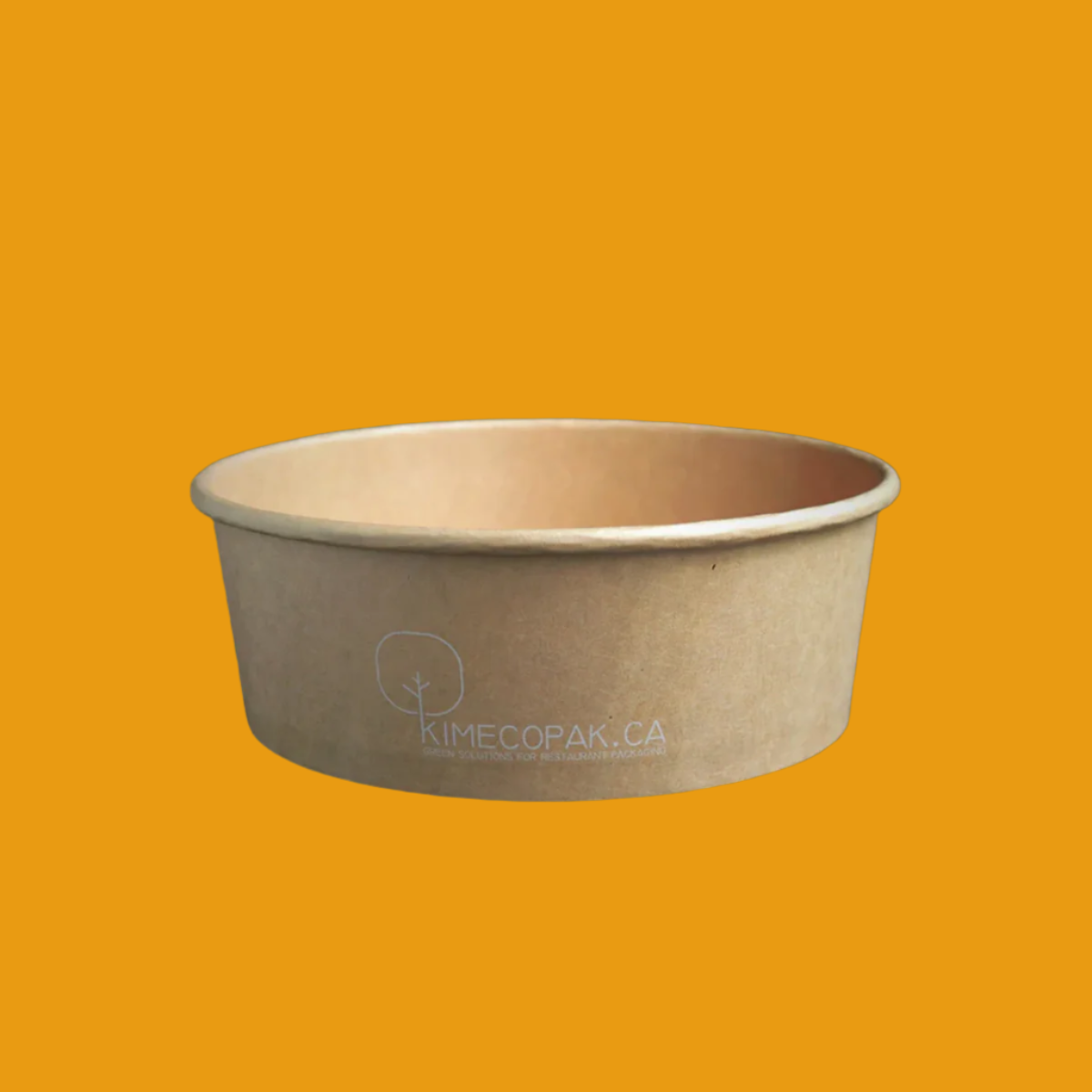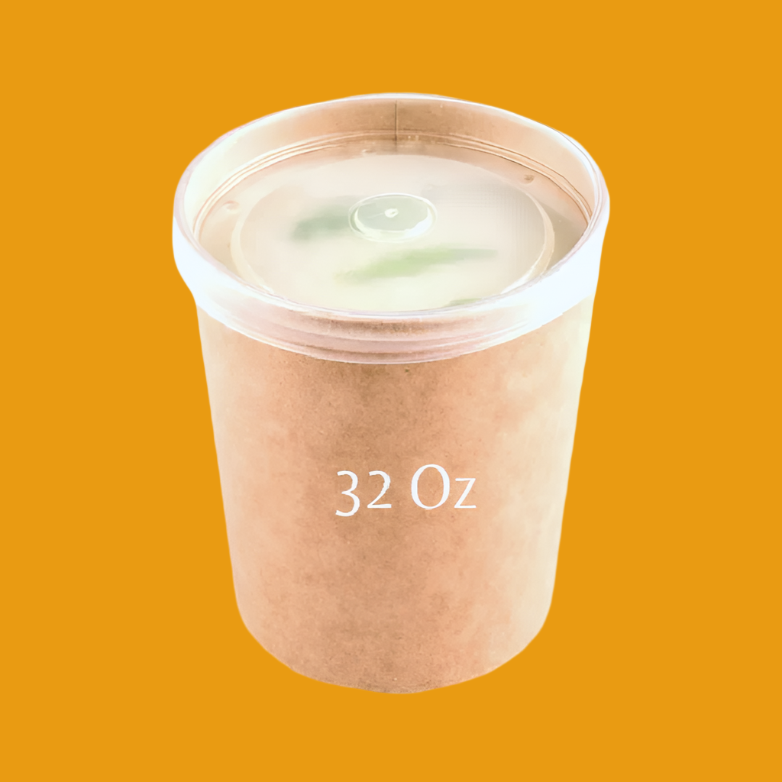The choice of container plays a crucial role in preserving the quality of ice cream, protecting it from freezer burn, and ensuring an enjoyable scooping and serving experience. In the blog below, we will explore different materials used in ice cream containers, their benefits and drawbacks, and provide insights on the best options for storing this frozen treat.
Why Is It Important to Store Ice Cream Properly?
Proper storage of ice cream is crucial to maintain its quality, texture, and flavor. Ice cream is highly susceptible to temperature fluctuations and can quickly develop freezer burn or lose its creamy consistency if not stored correctly. Effective ice cream containers help prevent these issues by providing an airtight seal, minimizing exposure to air and contaminants, and maintaining a stable temperature. Additionally, well-designed containers make it easier to scoop and serve ice cream, enhancing the overall consumer experience.
Different Types of Ice Cream Containers
Ice cream containers come in various materials, each with unique properties that affect storage, presentation, and usability. Here, we explore different materials used in ice cream containers.
Plastic Tubs
Plastic tubs are among the most popular choices for ice cream packaging due to their durability, flexibility, and affordability. They are typically made from polypropylene or polyethylene, which are food-safe and provide excellent insulation.
Advantages:
- Lightweight and easy to handle
- Resistant to shattering
- Available in various sizes and shapes
- Airtight lids prevent freezer burn
Disadvantages:
- Not environmentally friendly unless recycled
- Can absorb odors if not properly sealed

Glass Jars
Glass jars are an elegant and reusable option for storing ice cream. They provide excellent insulation and do not retain odors or flavors from previous contents.
Advantages:
- Non-reactive and odor-free
- Easy to clean and reusable
- Aesthetically pleasing, ideal for gifting or premium brands
Disadvantages:
- Heavy and fragile
- More expensive than plastic or cardboard
- Risk of shattering if dropped

Metal Containers
Metal containers, often made from stainless steel or aluminum, offer robust and long-lasting storage for ice cream. They are particularly favored for their durability and ability to maintain low temperatures.
Advantages:
- Excellent thermal conductivity keeps ice cream cold
- Durable and resistant to damage
- Often used in professional settings for storage and serving
Disadvantages:
- Can be more expensive than other materials
- Potential for metallic taste if not properly coated
- Heavier than plastic or cardboard

Cardboard Cartons
Cardboard cartons are a classic choice for ice cream packaging. Typically coated with wax or plastic, they provide a balance of affordability and functionality.
Advantages:
- Lightweight and cost-effective
- Easy to print on for branding purposes
- Generally recyclable
Disadvantages:
- Less durable than plastic or metal
- Can become soggy if not coated properly
- May not seal as tightly, leading to freezer burn

What is the Best Container to Store Ice Cream?
The best container for storing ice cream depends on individual preferences and needs. Plastic tubs are ideal for everyday use due to their convenience and durability. For those seeking a more sustainable option, glass jars offer reusability and aesthetic appeal. Metal containers are perfect for maintaining low temperatures and durability, particularly in professional settings. Cardboard cartons provide a cost-effective and easily branded solution for large-scale production.
Ultimately, the choice of container should consider factors like storage duration, frequency of use, environmental impact, and personal preference.
Materials Used in Ice Cream Containers FAQs
Can I Store Ice Cream In A Plastic Bag?
Storing ice cream in a plastic bag is not recommended as it does not provide an airtight seal, leading to freezer burn and loss of quality.
Can I Store Ice Cream In The Fridge?
Ice cream should not be stored in the fridge as it requires a consistent freezing temperature to maintain its texture and prevent melting.
How Long Can I Store Ice Cream In The Freezer?
Commercially produced ice cream can typically be stored in the freezer for up to two to three months, while homemade ice cream may last about one month.
Should I Store My Ice Cream Upside Down?
Storing ice cream upside down can help minimize freezer burn by preventing air from seeping in around the lid.
Can I Refreeze Melted Ice Cream?
Refreezing melted ice cream is not recommended as it can compromise the texture and safety of the product.
What Should I Do If My Ice Cream Has Freezer Burn?
If ice cream has freezer burn, you can scrape off the affected layer and consume the rest, though it may have a slightly altered texture and flavor.
How Often Should I Clean My Ice Cream Container?
Reusable ice cream containers should be cleaned after each use to prevent contamination and maintain quality.
Can I Store Ice Cream In A Ceramic Container?
Yes, ceramic containers can be used to store ice cream. They provide good insulation but are heavier and more prone to breaking than plastic or metal.
Can I Store Ice Cream In The Fridge For A Short Period Of Time?
Storing ice cream in the fridge, even for a short period, is not advisable as it can quickly soften and lose its desirable texture.
Is It Better To Store Ice Cream In Smaller Or Larger Containers?
Smaller containers can be advantageous as they reduce exposure to air each time they are opened, helping to maintain the ice cream’s quality.
Conclusion
Each type of ice cream container, whether plastic, glass, metal, or cardboard, offers unique advantages and challenges. The ideal choice depends on various factors including convenience, sustainability, and personal preference. Proper storage ensures that every scoop of ice cream remains delicious, creamy, and free from freezer burn. By understanding the properties and benefits of different container materials, consumers can make informed choices that enhance their ice cream enjoyment and sustainability efforts.









